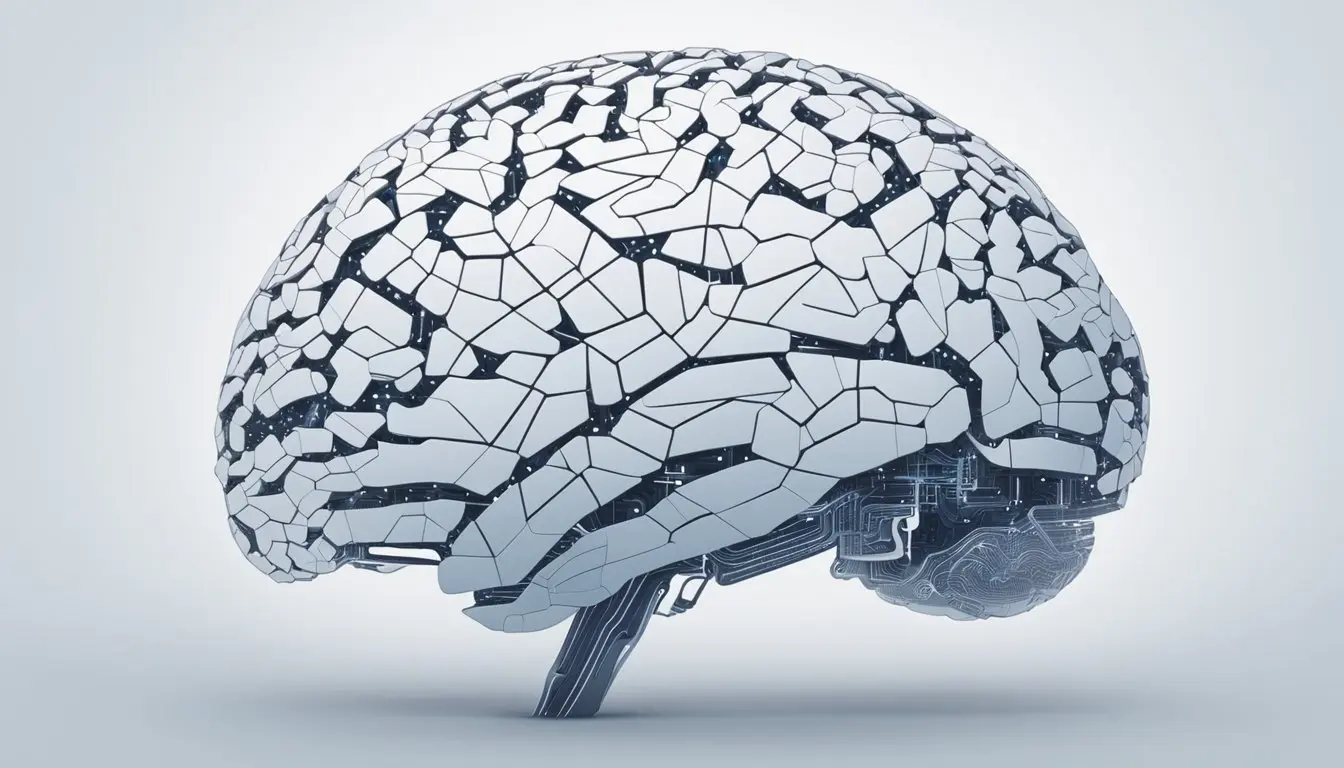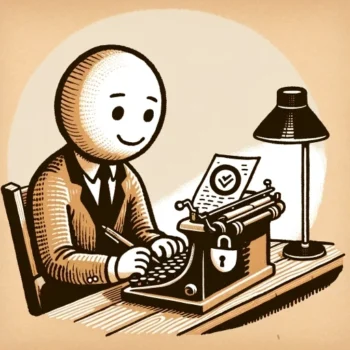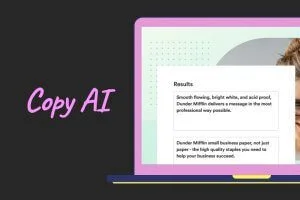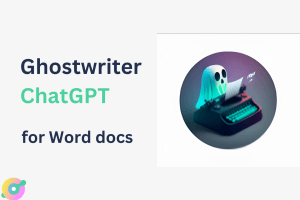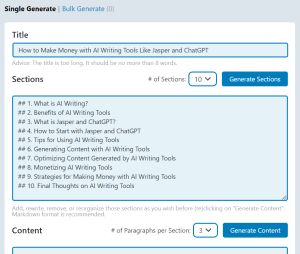Open source AI is changing the tech world. It’s making powerful tools available to everyone. You might wonder what makes AI truly open source.
True open source AI gives you freedom to use, study, and change the system without asking permission. You can see how it works and adapt it to your needs.
AI that claims to be open source but has restrictions isn’t truly open. Real open source AI lets you use it for any purpose. It shows you its inner workings. And it lets you modify it however you want.
Defining true open source AI
True open source AI combines traditional open source principles with unique considerations for artificial intelligence systems. It aims to make AI technology freely accessible and modifiable while addressing ethical and technical challenges specific to AI.
Open source principles
Open source AI systems allow anyone to use, study, and modify them without restrictions. You can:
- Use the AI for any purpose without asking permission
- Examine how it works under the hood
- Change the code to fit your needs
- Share your modified version with others
This openness promotes collaboration and innovation. It lets developers build on each other’s work to create better AI.
Open source AI must have a license that grants these freedoms. The license should also protect users’ rights to keep using open versions even if the original project becomes closed.
AI-specific considerations
AI systems have unique aspects that require special open source rules:
- Data: Training datasets should be open and well-documented
- Models: The trained model and its parameters must be accessible
- Explainability: You need ways to understand how the AI makes decisions
- Safety: Open testing and auditing helps catch potential risks or biases
Open source AI definitions are still evolving. Key debates include:
- How much of the training process must be open?
- What level of model interpretability is needed?
- How to balance openness with potential misuse?
As AI grows more powerful, these questions will shape its development and impact on society.
Impact on innovation and collaboration
Open source AI projects such as Llama and now Grok, drive technological progress and foster global teamwork. They break down barriers, allowing researchers and developers to work together on cutting-edge AI solutions.
Community development
Open source AI empowers a diverse community of developers and researchers. You can join online forums and collaborate with experts worldwide. This global teamwork leads to faster problem-solving and innovative ideas.
GitHub hosts many popular open source AI projects. You’ll find tools like TensorFlow and PyTorch there. These platforms let you contribute code, report bugs, and suggest improvements.
Companies also benefit from this community approach. They can tap into a pool of talent and fresh perspectives. This speeds up their AI development process and cuts costs.
Accelerating technological advances
Open source AI speeds up innovation across industries. You get access to pre-built models and datasets. This saves time and resources when starting new AI projects.
Faster time to market is a key advantage. Startups and big tech firms alike can build on existing open source tools. This lets them focus on creating unique features instead of reinventing the wheel.
AI breakthroughs often come from open collaboration. The global developer community shares ideas freely. This sparks creativity and pushes the boundaries of what’s possible with AI.
Challenges and misconceptions
Open source AI faces several hurdles. These include funding issues and complex legal considerations that impact its development and use.
Sustainability and funding
Getting money for open source AI can be tough. Many projects rely on donations or volunteer work. This makes it hard to keep things going long-term.
Some big tech companies support open AI efforts. But this brings up worries about who’s really in control. Small teams often struggle to compete with well-funded closed AI systems.
Finding a balance between openness and making money is key.
Licensing and legal issues
Open source AI has tricky legal problems. Picking the right license is crucial but confusing. Some licenses might accidentally restrict use or sharing.
AI models trained on copyrighted data cause copyright concerns. It’s not always clear who owns the output of an AI system.
There are also worries about liability. If an open AI system makes a mistake, who’s responsible? This legal uncertainty can scare off potential users or contributors.
Patent issues pop up too. Open source projects might accidentally use patented tech. This could lead to lawsuits down the road.
Frequently asked questions
Open source AI sparks curiosity and debate in the tech world. Let’s explore some common questions about its definition, examples, and impact on AI development.
How is open source AI defined in the technology community?
Open source AI refers to AI systems that grant users specific freedoms. These include:
- Using the system for any purpose without permission
- Studying how it works
- Modifying it to fit your needs
This openness promotes collaboration and innovation in AI development.
What are some prominent examples of open source AI projects?
Several notable open source AI projects exist:
- TensorFlow: Google’s machine learning platform
- PyTorch: Facebook’s deep learning framework
- Llama family of AI models
- Hugging Face: A platform for natural language processing models
- OpenAI Gym: A toolkit for developing reinforcement learning algorithms
These projects allow developers to build and improve AI systems collaboratively.
In what ways can AI be considered truly open source?
For AI to be truly open source, it must meet certain criteria:
- Full access to source code
- Freedom to modify and redistribute
- Clear licensing that allows commercial use
- Transparent development process
- Active community involvement
True open source AI grants users freedoms to use, study, and modify the system without restrictions.

Can AI systems like ChatGPT be categorized as open source, and why or why not?
ChatGPT is not open source. Here’s why:
- Its source code is not publicly available
- Users can’t modify or redistribute the model
- Access is controlled by OpenAI
While ChatGPT offers a public API, it doesn’t meet the criteria for open source software.
How do open source AI tools impact the development and accessibility of AI technology?
Open source AI tools have significant impacts:
- Lower barriers to entry for AI development
- Faster innovation through collaboration
- Increased transparency and trust in AI systems
- Wider adoption of AI across industries
Open source AI promotes accessibility and innovation in the field.
What are the differences between proprietary AI and open source AI platforms?
Key differences include:
Proprietary AI:
- Closed source code
- Limited user rights
- Controlled by a single company
- Often requires paid licenses
Open Source AI:
- Publicly available code
- User freedom to modify and distribute
- Community-driven development
- Free to use and adapt
Open source AI offers more flexibility and transparency compared to proprietary systems.

